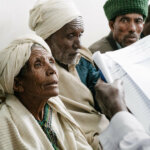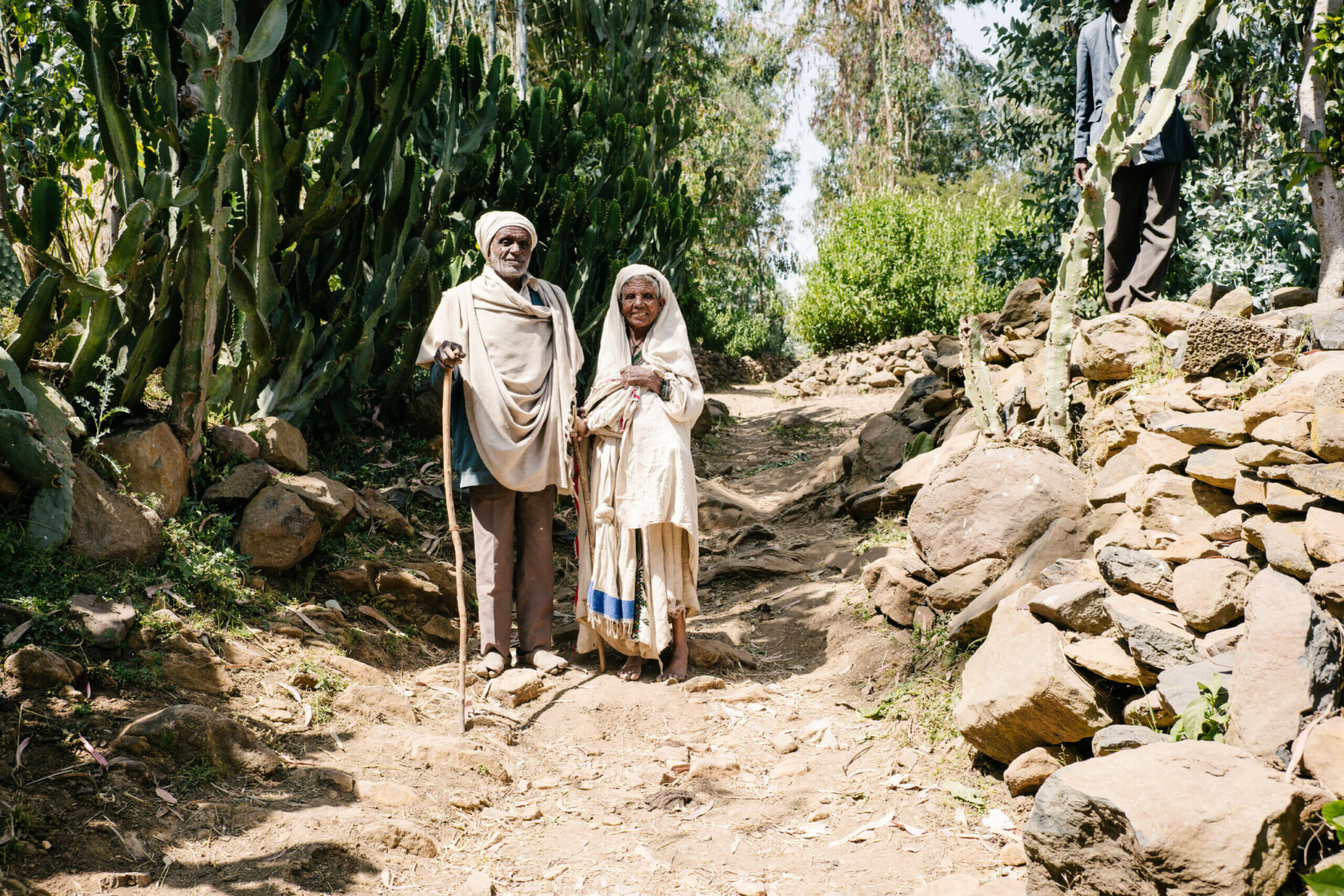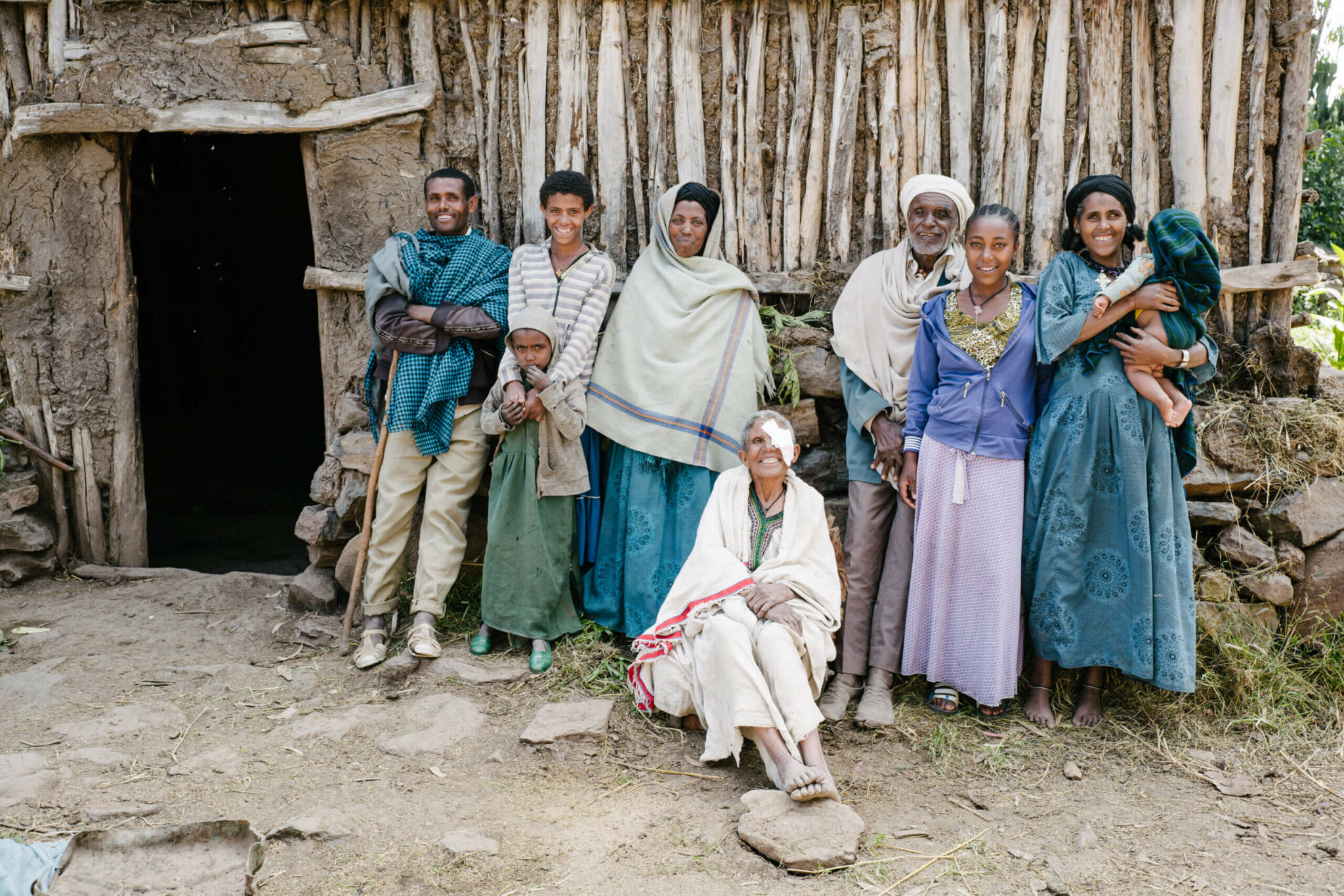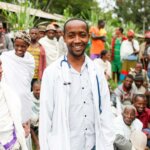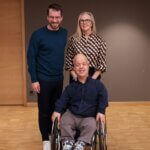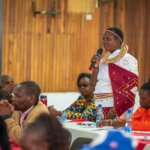- General
55% of people with vision loss are women. Structural issues are at the root of this figure. While women and men are equally affected by eye diseases, women are often disadvantaged in healthcare.
Our eye health teams witnessed the signs for a long time, and now we have the data to confirm it: in Beira eye clinic in Mozambique’s Sofala region, 56% of eye surgeries are performed on men and only 44% on women. The reasons? Social and economic barriers and partriarchal structures are pervasive throughout the world, and lead to discrimination of women in healthcare.
Discrimination of women in eye health
Global illiteracy among women is 29%, compared to 18% of men who cannot read and write. Women therefore get less access to information about their health, diseases, preventive care and health services. It’s often still men who take financial decisions for the household and this can undermine a woman’s independence and power. In many instances, women cannot even go to the hospital on their own.
Social norms and habits are a huge factor in the prevalance of Trachoma, an infectious eye disease often diagnosed in women and children. Women are almost twice as likely to have Trachoma compared to men because women are usually the main caretakers of young children who frequently transmit the infection.
Gender inequality also becomes apparent when we look at Glaucoma: while the prevalence of the condition is quite similar among women and men, a much higher number of women become blind because of the disease. Why? Data from an eye clinic in Ethiopia from 2021 revealed that only 19% of Glaucoma surgeries were performed on women.
Mobile outreaches: Mullu’s story
Light for the World is reacting to the discrepancies in access to eye care. Our Ethiopian Eye Health Programme Manager, Alem Mekonnen and her team won’t accept the fact that women and girls have less access to eye health. They are using targeted strategies to ensure that women and girls get equitable access to services.
One thing they realised was that mobile eye health outreaches in communities far away from cities and hospitals made a big difference.
“People living in remote rural areas must travel for days to access specialised eye health services. Costs for transport and accommodation are serious barriers, standing in the way of their right to health. This is where change is necessary, where quality services must be introduced.”
Alem Mekonnen, Light for the World Eye Health Programme Manager in Ethiopia
Mullu is a woman living in a small village in rural Ethiopia. When her vision deteriorated, she learned about a mobile outreach in her region. Her journey on foot, with a tuktuk and by bus brought her to Amba Giyorgis Health Centre. Eventually, she made it there and got an eye exam. The doctor told her that her vision loss was due to Cataract and that she needed surgery.
Luckily, Cataract surgery is a relatively quick procedure where the clouded lens gets removed and replaced with an artificial one. Mullu’s surgery was successful and, with a protective bandage over her left eye, she made her journey back home. She and her family were overjoyed that Mullu could see again.
Light for the World’s mission for gender equity in eye health
Our targeted approaches and awareness-raising among women and their partners have already led to higher surgery numbers for women. We will continue on this path. For 2023, we have set a new goal to help close the gender gap in health. 55% of all eye health patients in our programmes will be women.
Thanks to amazing financial support from the Austrian Ministry of Social Affairs, Care, Health and Consumer Protection we can improve eye care services for women and girls in Ethiopia, Burkina Faso and Mozambique.
